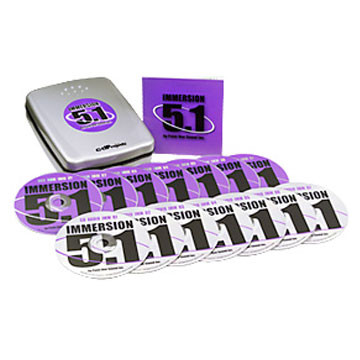Depending on the size of the monastery, one or more temples are contained within its walls, each with its own buddha. Larger monasteries even sport an assembly square where monks debate and listen to the Lhama's speeches (the Lhama is the religious leader) - or they are being verbally punished by their teachers for improper behaviour or sloppy dressing. As social status is linked to having one or more members of a family become a monk, many young people in a monastery are not there by their own volition.
Each monastery is different, even in its construction and its layout. Some temples for praying and singing are exposed to the elements which can be quite uncomfortable depending on the time of year. The enclosed temples are more cosy, as they are usually decorated with pillows and fabrics.




























